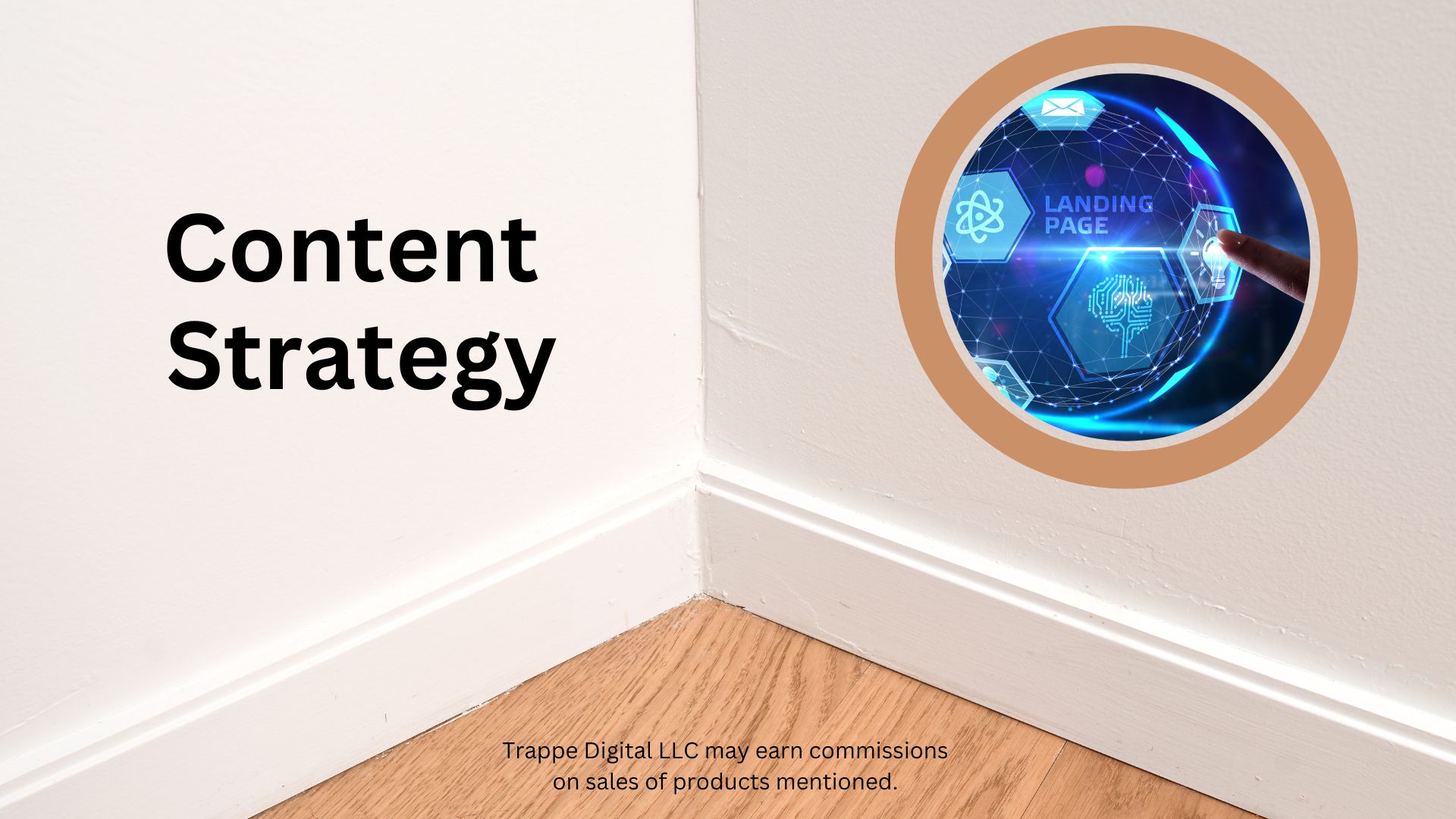Trappe Digital LLC may earn commissions from sponsored links and content. When you click and buy you also support us.
In business, inaction can often seem safer than taking action. That holds true for rolling out content strategies that perform as well. However, avoiding decisions and change can come at a huge cost in terms of missed opportunities. Let’s explore why inaction is so common, the hidden costs it incurs, and how to overcome analysis paralysis.
I discussed the topic of what’s the cost of inaction with Jen Allen on “The Business Storytelling Show.” This article is largely based on that discussion. (Connect with Jen here.)
The Allure of Inaction
Inaction often stems from fear of uncertainty and change. When the future seems unclear, maintaining the status quo starts to feel like a safe bet. As human beings, we tend to prefer the devil we know, even when we know it’s not ideal.
This phenomenon intensifies during periods of economic uncertainty. When times get tough, companies batten down the hatches to preserve capital. Initiatives grind to a halt as everyone adopts a “wait and see” mentality.
However, there’s a cost of inaction and it carries its own type of risk. While change requires effort and brings uncertainty, standing still means falling behind. Customers’ needs evolve whether you evolve with them or not.
Key dangers of inaction include:
- Missing new opportunities
- Losing touch with customers’ needs
- Letting the competition move ahead
- Becoming less efficient over time
- Allowing frustration and stagnation to take hold
Content Strategy Paralysis
In content marketing, inaction often stems from uncertainty around what will resonate with audiences. Producing high-quality, effective content takes significant time and effort. When results seem uncertain, it’s tempting to avoid big investments in content.
However, a strong content strategy, executed consistently over time, can pay huge dividends. neglecting content marketing means missing out on its benefits, including:
- Driving organic traffic and leads
- Positioning your company as an authority
- Boosting brand awareness
- Engaging customers and prospects
The key is committing to content for the long term. Consistency trumps perfection. As long as content provides real value, results will come.
Read next: Do actions speak for themselves? Why is internal marketing important?
Inertia at the Buyer’s End
In B2B sales today, inaction is rampant on the buyer’s side. Studies show that 38% of B2B sales conversations end with no decision. Many of these reasons can also be applied in the scenario of inaction in getting content and marketing up and running.
This “no decision” phenomenon stems from:
More people involved in decisions: The average number of decision-makers involved in a B2B purchase has risen from 5 to 11 people. Consensus is harder with more cooks in the kitchen.
Less face-to-face contact: Remote work means decision-makers often don’t connect regularly. Getting alignment is tougher.
More day-to-day demands: With rising workloads, taking on a major new initiative seems daunting. It’s easier to do nothing.
Fear of regret: Taking action means taking responsibility. In a new role, if a purchase goes south, it can damage your credibility. Avoiding action avoids possible regret.
For sellers, overcoming customer inertia starts with empathy. Truly appreciating the decision makers’ perspective builds trust and sets the stage for disruptive insight.
Selling Against Inaction
Traditional solution selling focuses on why your product or service is better. But better doesn’t motivate if the status quo is good enough.
Instead, sales conversations should:
Spotlight the true cost of inaction: Quantify the ways standing still hurts the customer, using specific examples. Help them feel the frustration viscerally.
Disrupt conventions: Identify flawed assumptions holding the customer back. Challenge orthodoxy respectfully but firmly.
Share risk: Address concerns transparently. Spotlight potential pitfalls and forks in the road. Position yourself as a guide, not just a vendor.
Make inaction the more daunting option: Detail the concrete steps required to move ahead successfully. Inertia often prevails when action seems vague and full of unknowns.
Focus on ease: Emphasize how your solution will make the customer’s life easier. Inaction happens when change seems like more hassle than it’s worth.
The Antidote to Inaction
Inaction tends to feed on itself. Once a culture of paralysis sets in, it’s hard to break free. Leaders must consciously cultivate a spirit of boldness and continual reinvention.
Ways to combat inaction include:
Setting an expectation for constant evolution: Treat improvement and adaptation as an integral part of everyone’s role, not just when crisis strikes.
Structuring regular check-ins on goals and priorities: Re-evaluate on a quarterly or annual basis whether you’re investing in the right places.
Empowering people to identify issues: Foster an open culture where everyone feels comfortable surfacing pain points. Make speaking up rewarded, not discouraged.
Evaluating processes regularly: Just because “that’s how we’ve always done it” doesn’t mean it’s the best way. Everything should be up for examination.
Piloting new approaches: Not every experiment will pan out. The key is learning. Think small before going big when testing new ideas.
Celebrating failure: Take a cue from Silicon Valley and treat intelligent failures as achievements. The costliest mistake is being too risk averse to try.
Staying nimble and proactive takes concerted effort. But the price of standing still is lasting stagnation. Disrupting the tendency toward inertia takes courage but pays dividends over time.

